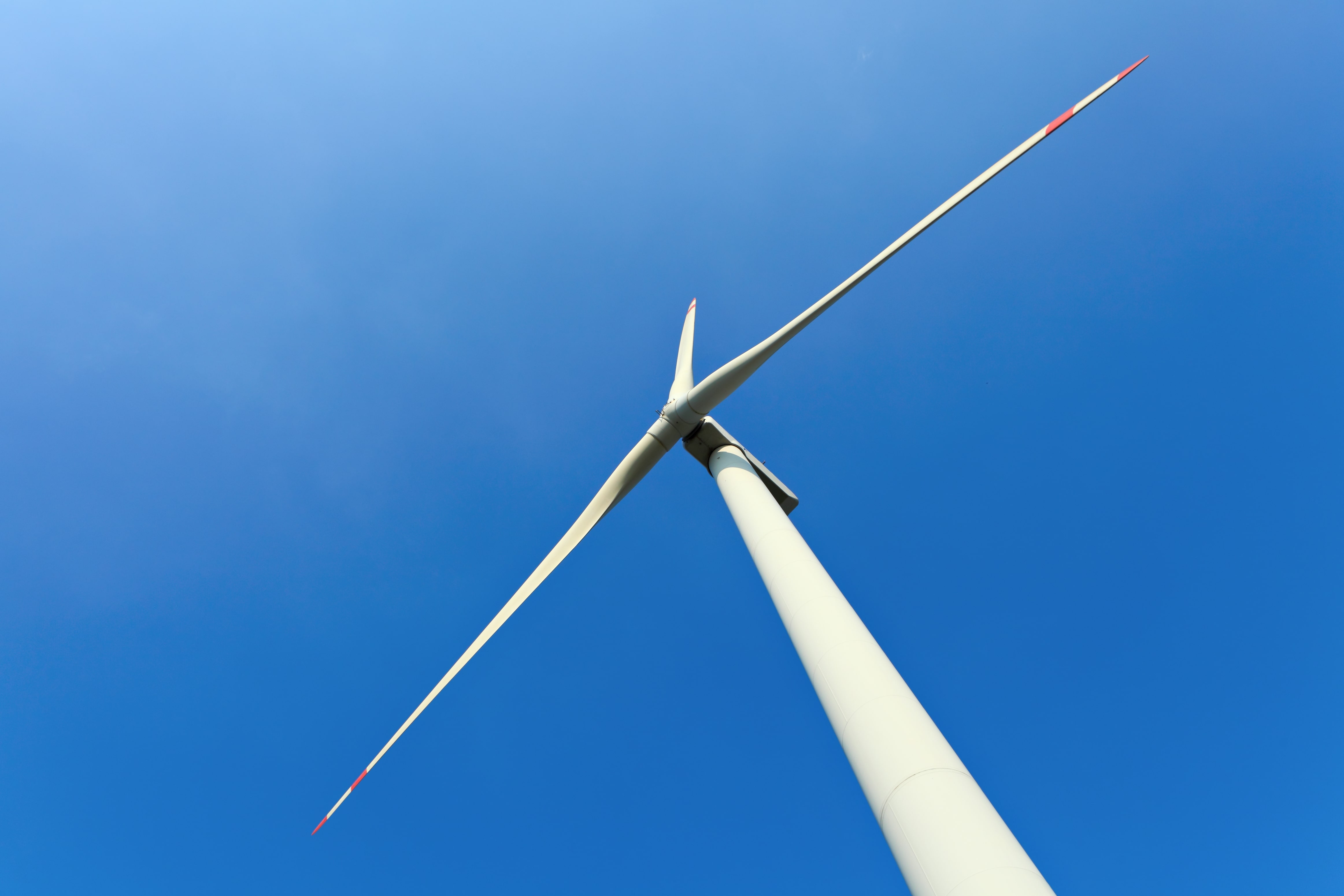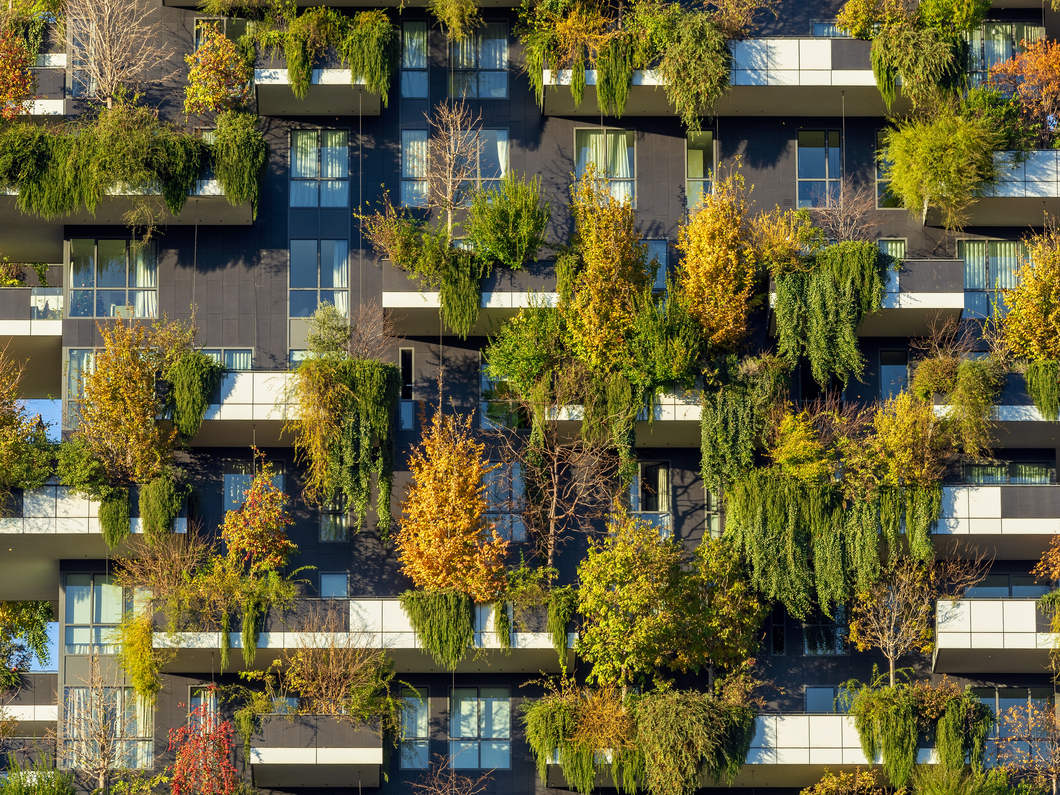INTRODUCTION
The Universiti Teknologi MARA (UiTM) Environmental Sustainability Report (ESR) reflects the university’s strong institutional commitment to advancing environmental stewardship in alignment with the United Nations Sustainable Development Goals (SDGs) and Malaysia’s Low Carbon City Framework. Managed by the UiTM Green Centre (UGC), the ESR is part of UiTM’s Sustainability Agenda and serves as a formal record of its environmental performance across multiple campuses. The 2022 ESR, which marked UiTM Sarawak’s first branch-level report, was structured around five main components based on the ISO 14001 Environmental Management System: Commitment and Policy, Planning, Implementation of the Environmental Management Plan (EMP), Measurement and Evaluation, and Review and Improvement. UiTM also introduced IS-CARE, an integrated sustainability reporting system, and Tree-CAMUS, a digital tree inventory platform for managing species, location, and carbon data. The report highlights various key achievements including the university’s success in the Low Carbon City Challenge 2030, where UiTM Shah Alam and other campuses received the Diamond Award for major carbon emission reductions such as a 45.27 percent reduction in Section 1 and a 68.63 percent reduction at the Faculty of Computer and Mathematical Sciences. UiTM’s ESR further documents initiatives like rainwater harvesting system expansions, energy efficiency programs, and the No Single Use Plastic (SUP) campaign launched in 2022. These efforts have positioned UiTM among Malaysia’s top institutions in the UI GreenMetric global sustainability rankings, reinforcing its role as a higher education leader in environmental governance, green innovation, and campus-wide sustainable practices.
For more info, click the link to view or download:
ANNUAL SUSTAINABILITY REPORT (2019)
ENVIRONMENTAL SUSTAINABILITY REPORT (2020 - 2021)
ENVIRONMENTAL SUSTAINABILITY REPORT (2021 - 2022)
The UiTM Blueprint Implementation Document details the university’s participation in the LCC2030C initiative through two distinct streams: “Building” and “Low Carbon Zone”. In the Building stream, UiTM targets reductions in operational energy and water consumption, retrofitting existing facilities, adopting passive and active low-carbon design, upgrading lighting and HVAC systems, and integrating renewable energy generation to cut greenhouse gas emissions per building. The document aligns the university’s built environment with national guidelines from the Malaysian Green Technology and Climate Change Corporation which stipulate four main sectors urban environment, infrastructure, transport and buildings for measurement and intervention. The “Low Carbon Zone” stream designates precincts and zones within the campus or associated areas where collective low-carbon measures apply: shared infrastructure including district cooling or heating, integrated waste reduction and water-use systems, mobility shifts (e-vehicles, active transport), and enhanced greenery to reduce urban-heat island effects. The blueprint sets baseline metrics and data-reporting templates in accordance with the LCC2030C Data File-Zone, emphasises stakeholder engagement from faculties and units at UiTM, and links the performance of both streams to the university’s sustainability governance and the national target under LCC2030C to lower emission intensity by up to 45 % by 2030. UiTM Shah Alam’s Green Centre oversees these activities, the IS-CARE system tracks progress, and the blueprint counts both building-level and zone-level interventions as integral parts of the institution’s low-carbon strategy.
For more info, click the link to view or download:
LOW CARBON CITY 2030 CHALLENGE (LCC2030C) - BUILDING 2021
LOW CARBON CITY 2030 CHALLENGE (LCC2030) -BUILDING 2022
LOW CARBON CITY 2030 CHALLENGE (LCC2030) -BUILDING 2023
LOW CARBON CITY 2030 CHALLENGE (LCC2030C) - LOW CARBON ZONE 2021
LOW CARBON CITY 2030 CHALLENGE (LCC2030) - LOW CARBON ZONE 2022
LOW CARBON CITY 2030 CHALLENGE (LCC2030) - LOW CARBON ZONE 2023
UGC E-REPORTING SERVICE






IS‑CARE is the Integrated System of Campus Report developed by the UiTM Green Centre to serve as a unified platform for collecting and consolidating sustainability-related activities, initiatives, and performance metrics across all UiTM campuses and branches. Established in 2022 as part of UiTM’s broader sustainability framework and fully operational following the UGC’s formal establishment in 2018, IS‑CARE became the official portal for submitting annual E‑Report forms detailing green campus efforts. The system is accessible only to UiTM staff through the UGC Webpage and operates as a Progressive Web App optimized for both desktop and mobile platforms, using institutional credentials such as Google Sign‑In for secure authentication.
Click to access IS-CARE E-Report Form
UGC Tree-CAMUS (Campus Mapping UiTM System)
Tree-CAMUS (Campus Mapping UiTM System) is a completed web-based information system that serves as the central tree inventory for UiTM Shah Alam. It allows users to record, view, and manage detailed tree information including species, location, measurements, and images with tree locations visualized on interactive maps. This system, the first of its kind for UiTM, is now fully developed and operational.
Click to access: Tree-CAMUS

